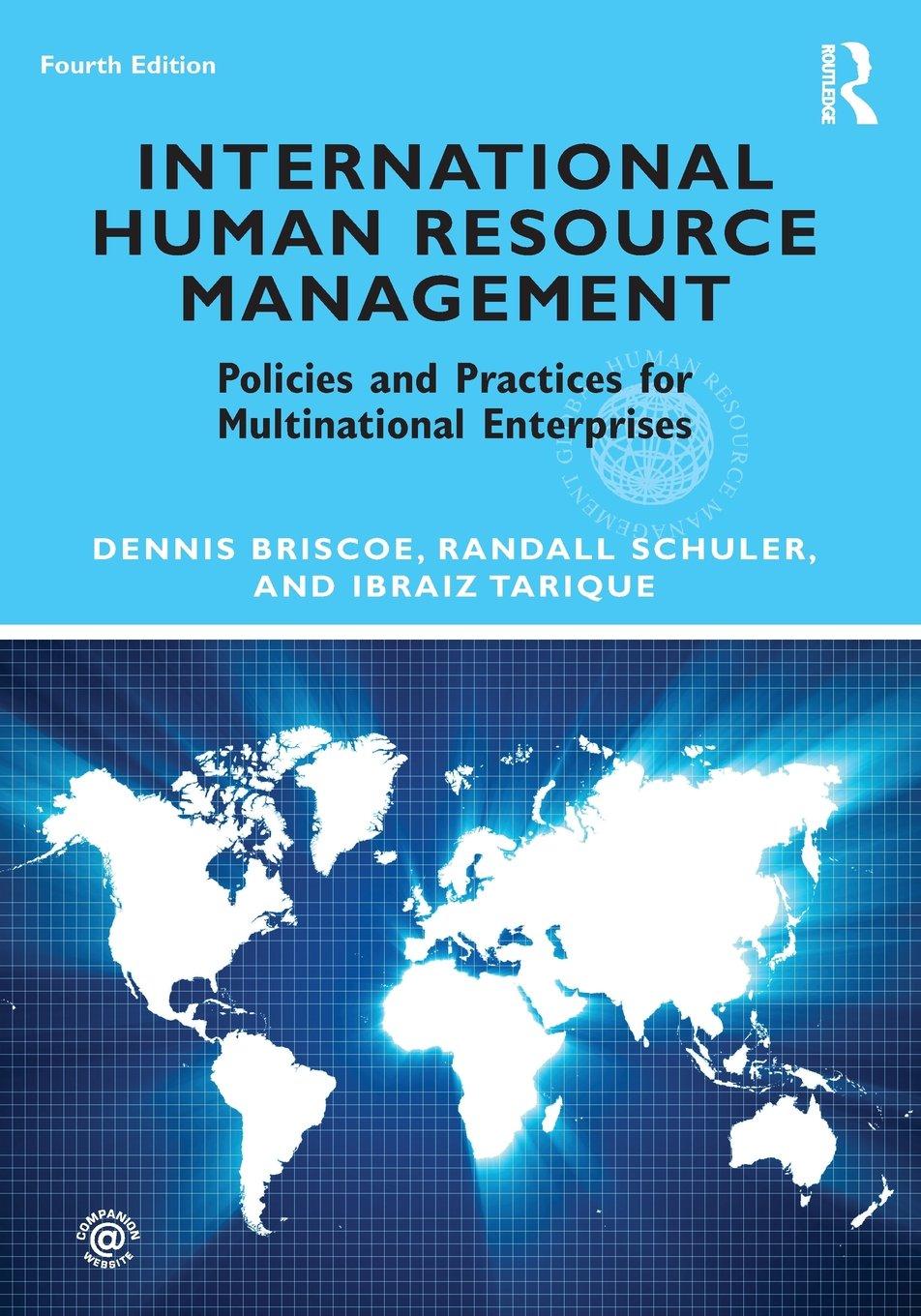Do current global demographics accommodate or require the hiring of foreign immigrants? Should a consideration for foreign
Question:
Do current global demographics accommodate or require the hiring of foreign immigrants? Should a consideration for foreign immigrants be part of every firm's workforce strategy? How do host-country and third-country hires relate to the hiring of immigrants? The experiences of Barden, a precision ball-bearing manufacturer based in Danbury, Connecticut, illustrates how workforce planning has become a global activity even for a local firm. In the late 1980s, Barden had an opportunity to significantly increase its business. In order to achieve this, it needed to increase its hourly labor force by about 125 employees over the next year. However, the local Danbury labor market was experiencing unprecedented low unemployment. The human resource department thought they could find enough new employees, but indicated they would have to be very creative (for example, by using bonuses to current employees for successful refer¬ rals, open houses to recruit applicants, etc.) and, importantly, by recruiting recent immigrants whose English was likely to be very poor.
In the past, Barden had found that, for example, Portuguese immigrants became very reliable, long-term employees. Barden had used a "buddy" system to help new employees learn their jobs and to acquire an adequate "Barden" work vocabulary. But it was clear that this would be inadequate to prepare—in a short period of time—the large new group of potential employees that had been identified. It turned out that there were a significant number of bright recent immigrants from a large and diverse number of countries (e.g., Laos, Cambodia, Brazil, Colombia, the Dominican Republic, Guatemala, Chile, Lebanon, Pakistan, Thailand, and Yemen), but who spoke little or no English.
To become functioning, qualified Barden employees, newcomers would have to master the basic "Barden" vocabulary and be able to look up standard operating procedures as well as material safety data sheets, and master basic shop mathematics, measurement processes, and blueprint reading. This was a major challenge for the immigrants, even though many of them, it was discovered, had received surprisingly good educations back in their home countries. In order to teach these new employees enough English to pay their way, a language training firm, Berlitz, was retained to develop a special, intensive course in cooperation with Barden's training unit. In a fairly short period of time six groups of eight new employees were taught through this special program. All the students were put on the payroll while they met with a Berlitz instructor for four hours a day for 15 consecutive workdays during work hours.
Step by Step Answer:

International Human Resource Management Policies And Practices For Multinational Enterprises
ISBN: 9780415884754
4th Edition
Authors: Dennis Briscoe, Randall Schuler, Ibraiz Tarique





